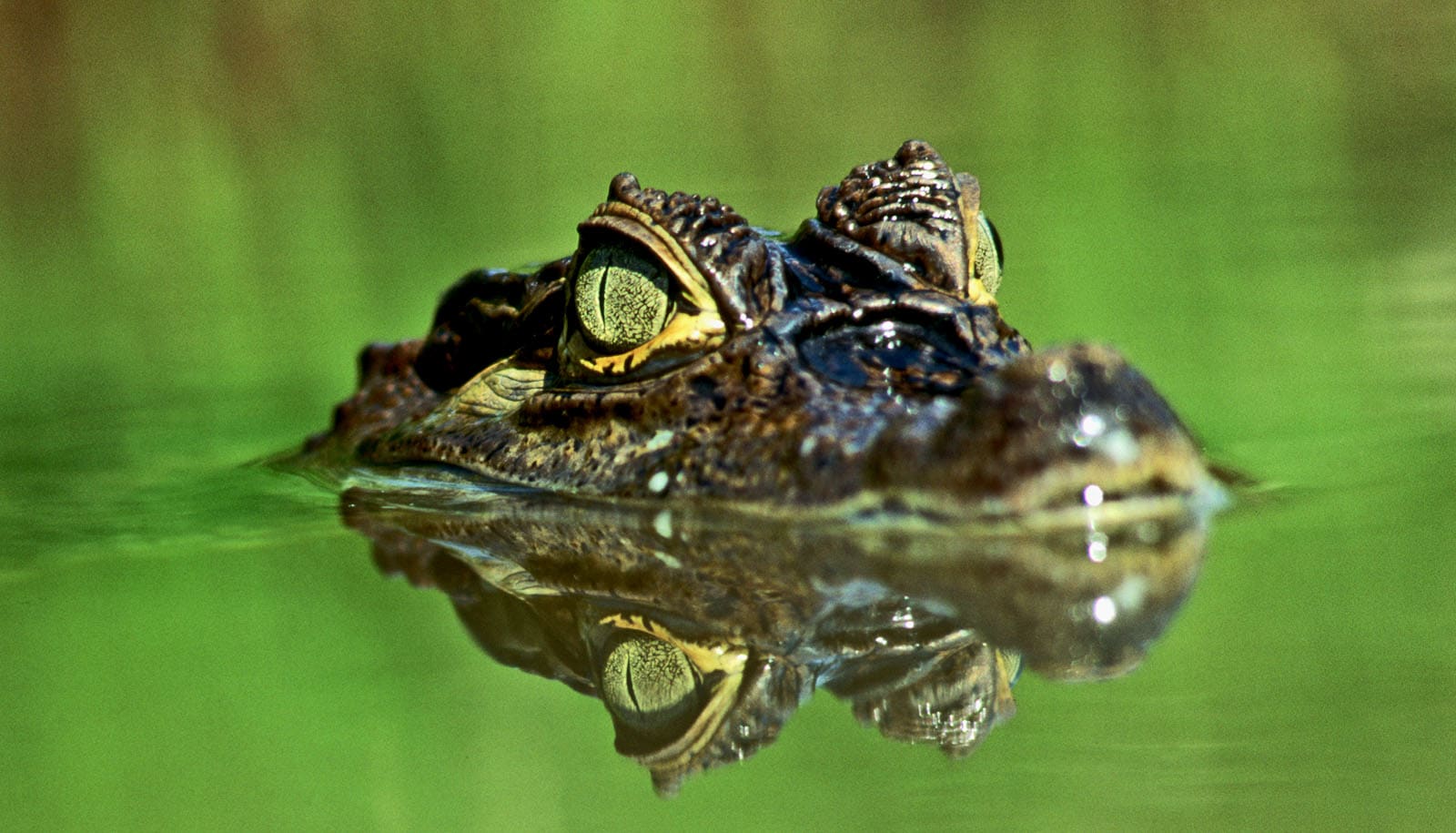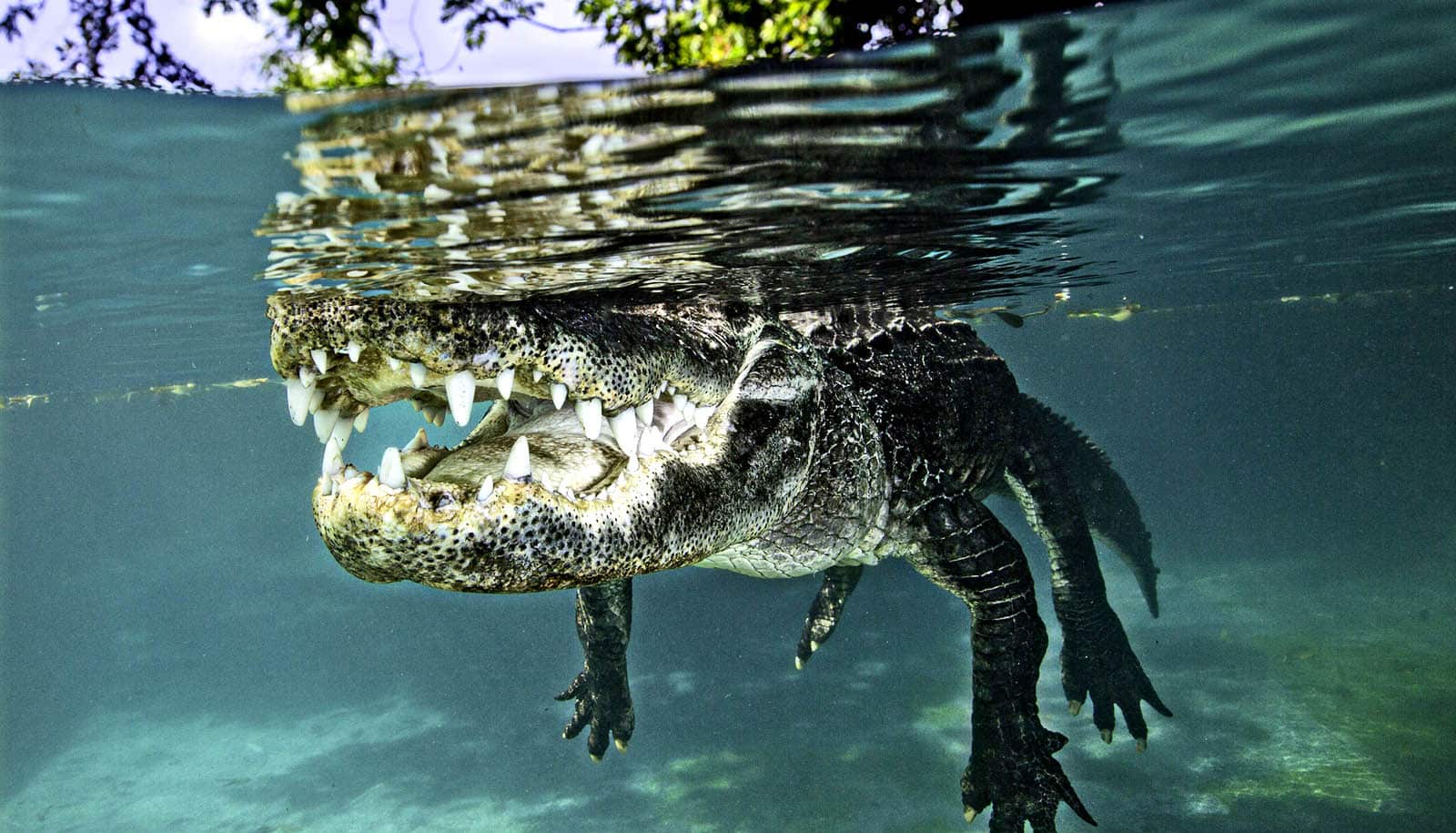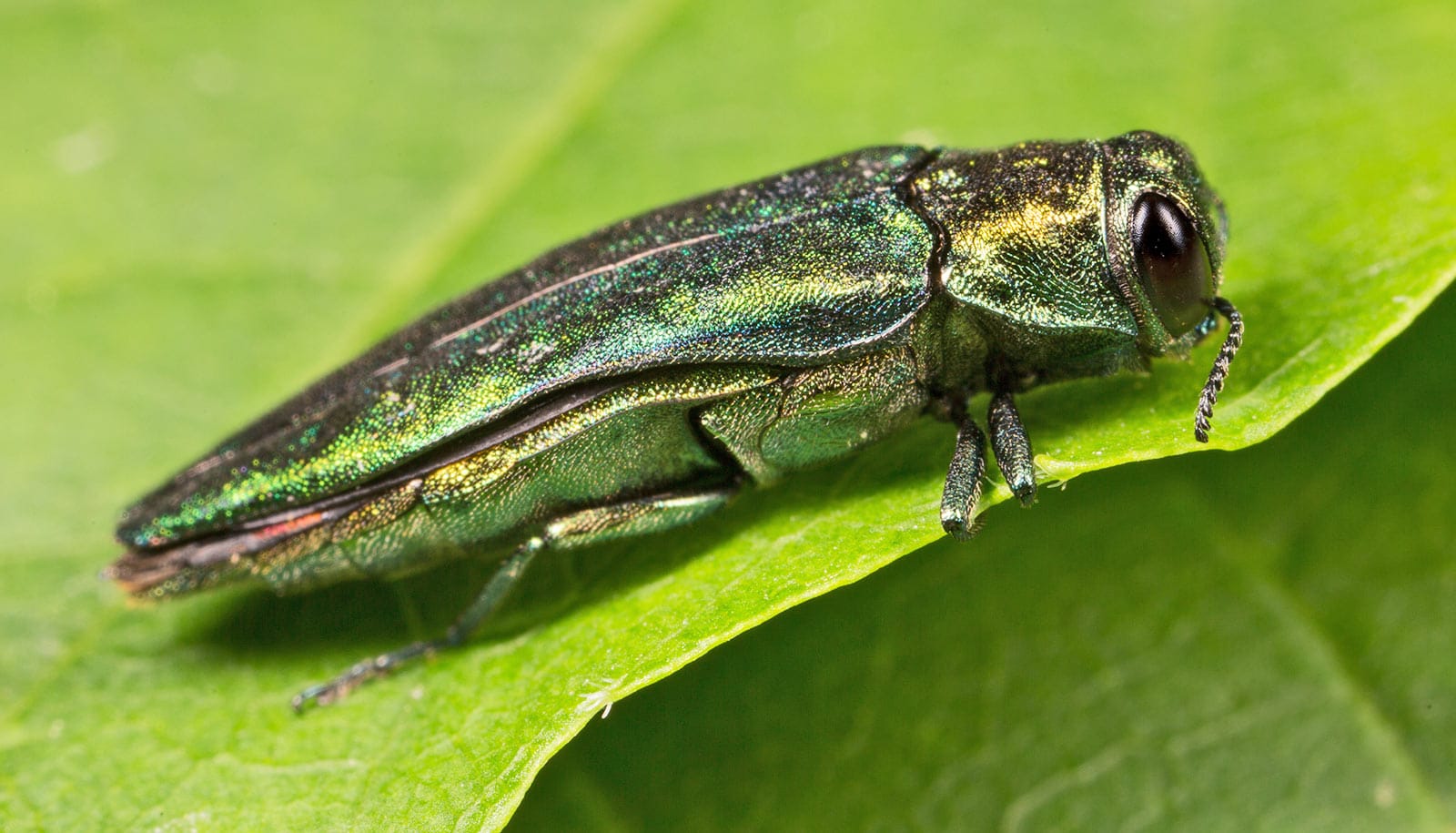A new paper describes ways to control invasive spectacled caimans in Florida.
The spectacled caiman, a species native to Central and South America, has been established in Florida since the 1970s. The pet trade and crocodilian farming industries, escapes, and deliberate releases allowed caimans to invade the Florida Everglades.
The study in the journal Management of Biological Invasions reveals how a series of efforts and strategies led to successful control and removal of caimans in specific areas of the Everglades.
“This study demonstrates the effects that the combination of early detection, rapid response, and persistent removal efforts can have on an invasive species,” says Sidney Godfrey, a wildlife biologist at the University of Florida’s Institute of Food and Agricultural Sciences (IFAS) Fort Lauderdale Research Education Center and lead author of the study.
Scientists consider their removal efforts and the results of the study a significant milestone for invasion science, as its applications can be leveraged and expanded to other invasive species found statewide and globally.
“Managing invasive wildlife will not be an in-and-out process, where we go in and remove wildlife and then think we are done,” said Frank Mazzotti, a UF/IFAS professor of wildlife ecology at FLREC and principal investigator for the caiman removal project. “Even with early detection and rapid response, long-term removal efforts and multi-agency cooperation—bolstered by continued monitoring—will be key to success.”
Scientists at state and federal agencies see promise in the results and continued use of these strategies because they believe the caiman invasion has also impacted the restoration goals of the Comprehensive Everglades Restoration Plan (CERP). At a cost of more than $24.5 billion, CERP is the largest ecosystem restoration project undertaken in the United States. The goal is to restore, preserve, and protect the South Florida ecosystem, while providing for other needs of the region, including water supply and flood protection.
“This project was a huge success because it shows that sustained control efforts make a difference. It also shows that eradication of spectacled caimans may be a real possibility. Controlling invasive species is a dynamic and ever-changing endeavor, and this team got in there and experimented with different strategies and found some that are very promising,” says Larry Williams, state supervisor for the US Fish and Wildlife Service Florida Ecological Services Field Office.
Caimans eat native wildlife and may compete with Florida’s native alligators and crocodiles, which conflicts with CERP’s goal of improving native species populations. The UF/IFAS team aimed to remove caimans in and around specific CERP projects to minimize those impacts.
A critical outcome of the team’s efforts was successfully reducing caimans in the Biscayne Bay Coastal Wetlands and C-111 Canal Project areas, important arteries in South Florida’s water management infrastructure. They serve as vital components of CERP because they’re designed to improve freshwater flow to Everglades National Park, Florida Bay, and Biscayne Bay.
For the study, the team compiled data for 10 years, from 2012 through 2021 of the project’s removal efforts. Strategies included conducting weekly surveys, rapid responses for removal of reported caiman sightings, and performing necropsies of captured caimans. The team started surveying and removing caimans from the Biscayne Bay Coastal Wetlands in December 2012, and their efforts increased with state and federal agency support in 2017.
The team leveraged the support to expand their efforts into the C-111 Project in 2018 as part of an early detection and rapid response plan for a second, more recently discovered caiman population. The team also conducted targeted, on-foot surveys of possible caiman habitats that may have been overlooked around their search routes to remove as many caimans as possible.
Team members analyzed data they collected along 11 search routes within and adjacent to South Florida CERP projects, including the Biscayne Bay Coastal Wetlands, C-111 Canal Project, and natural protected areas. They removed 251 caimans during the 10-year period. The rate of caiman removals per year increased from five in 2012 to a peak of 47 in 2020. They learned more about caiman nesting and hatching dates from necropsies, which increased their removals by providing information on when and where to target the removal of reproducing and hatchling caimans.
“Previous attempts to remove these invaders in South Florida have failed, but they may have ended too early to get the caiman under control,” says Godfrey.
The only previous peer-reviewed study on South Florida caiman removal efforts took place over 40 years ago. That study’s removal efforts lasted about one year in a relatively small area of South Florida. It is unclear whether the previous attempts used information collected during removals to fine tune their efforts, he adds.
“Based on our results, we are cautiously optimistic that our removal efforts may be impacting the overall caiman population in the Everglades restoration areas.”
The next steps for the team’s removal project include developing and using new tools, such as using thermal imaging cameras to find caiman nests. They also plan to publish dietary and genetic information about the caiman to increase public awareness of their impact on native wildlife and their origins.
“We need to continue our efforts to minimize the impact of caiman on South Florida’s native wildlife,” says Godfrey. “The fact that we are seeing a relatively rapid reduction, over 60 years after they were introduced, gives us hope that our continued efforts may be successful.”
Collaboration and funding came from the US Army Corps of Engineers, the US Fish and Wildlife Service, the Florida Fish and Wildlife Conservation Commission, South Florida Water Management District, and the National Fish and Wildlife Foundation.
Source: University of Florida


